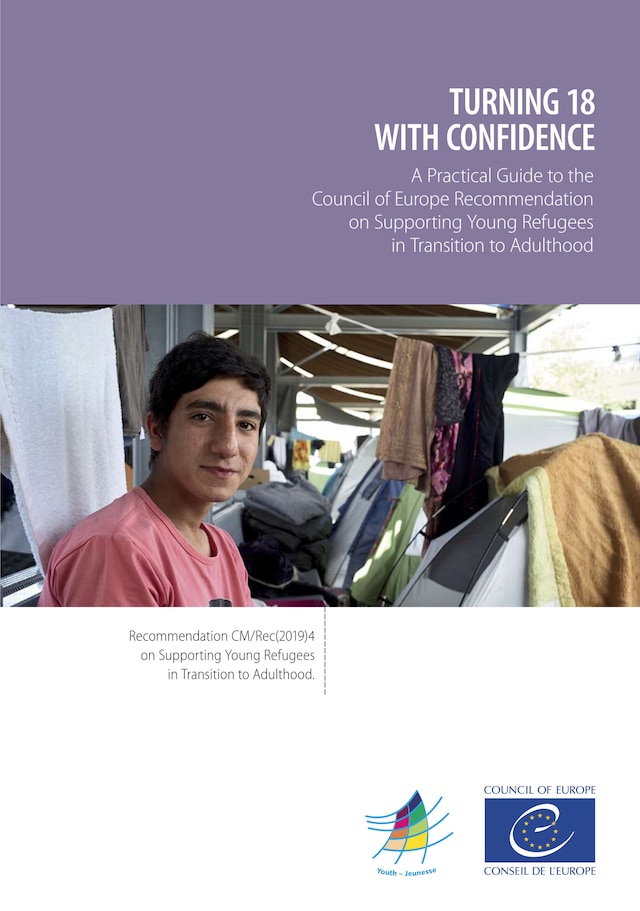
Turning 18 with confidence
Supporting Young Refugees in Transition to Adulthood
Description of book
A practical guide to the Council of Europe Recommendation CM/Rec(2019)4 to raise awareness and improve the knowledge and capacities of relevant professionals in supporting young refugees and migrants in their transition to adulthood.
Being among the most vulnerable, many young refugees experience violence, exploitation and trauma, as well as continued risk of violation of their human rights and fundamental freedoms. When they reach the age of 18, they are no longer under the protection of the United Nations Convention on the Rights of the Child. This means that, from this point, young refugees may no longer have the protection and access to rights and opportunities previously held as children, and they can face an abrupt and dramatic change in the possibility of accessing services and support across many sectors.
The rights of young refugees in transition to adulthood has been a priority of the Council of Europe over many years. In 2019, the Committee of Ministers adopted Recommendation CM/Rec(2019)4 on Supporting Young Refugees in Transition to Adulthood, recommending that member states’ governments ensure that additional temporary support is available to young refugees after the age of 18 to enable them to access their rights. The Recommendation also acknowledges the important role played by youth work and non-formal education / learning in supporting the inclusion of young refugees, and in developing competences for active citizenship and democratic participation.
The Council of Europe prepared this Guide to further promote and support the implementation of the Recommendation. The Guide should inspire young refugees, youth workers, policymakers, researchers and other relevant actors to familiarise themselves with, apply and support the implementation of the Recommendation in their own contexts and communities. The Guide simplififies the language of the Recommendation in order to assist various actors and stakeholders in developing a better and clearer understanding of the proposals and policy measures. A range of promising practices are likewise incorporated to exemplify how the Recommendation is being put into practice.
 Rui Gomes
Rui Gomes 105 Pages
105 Pages